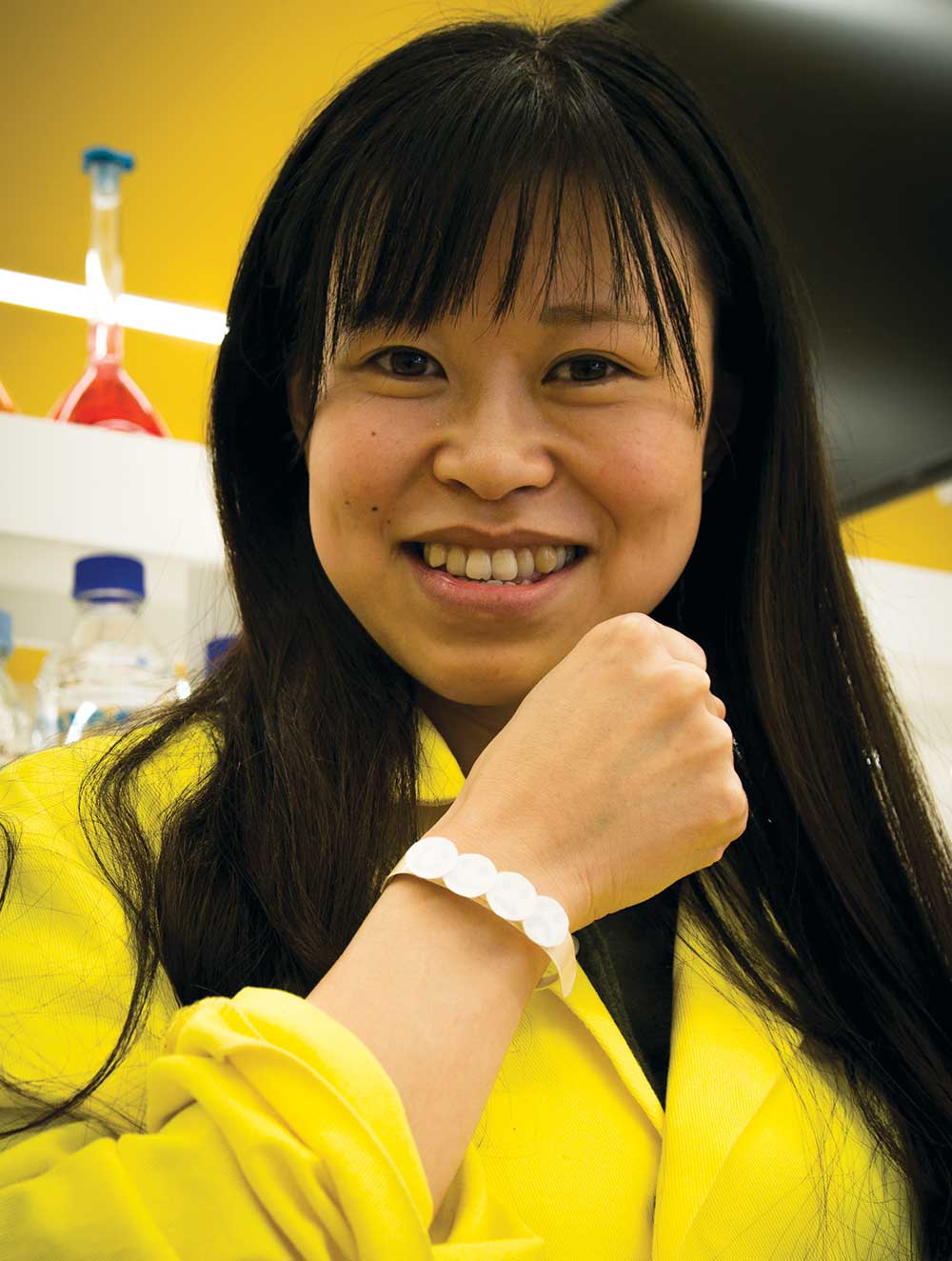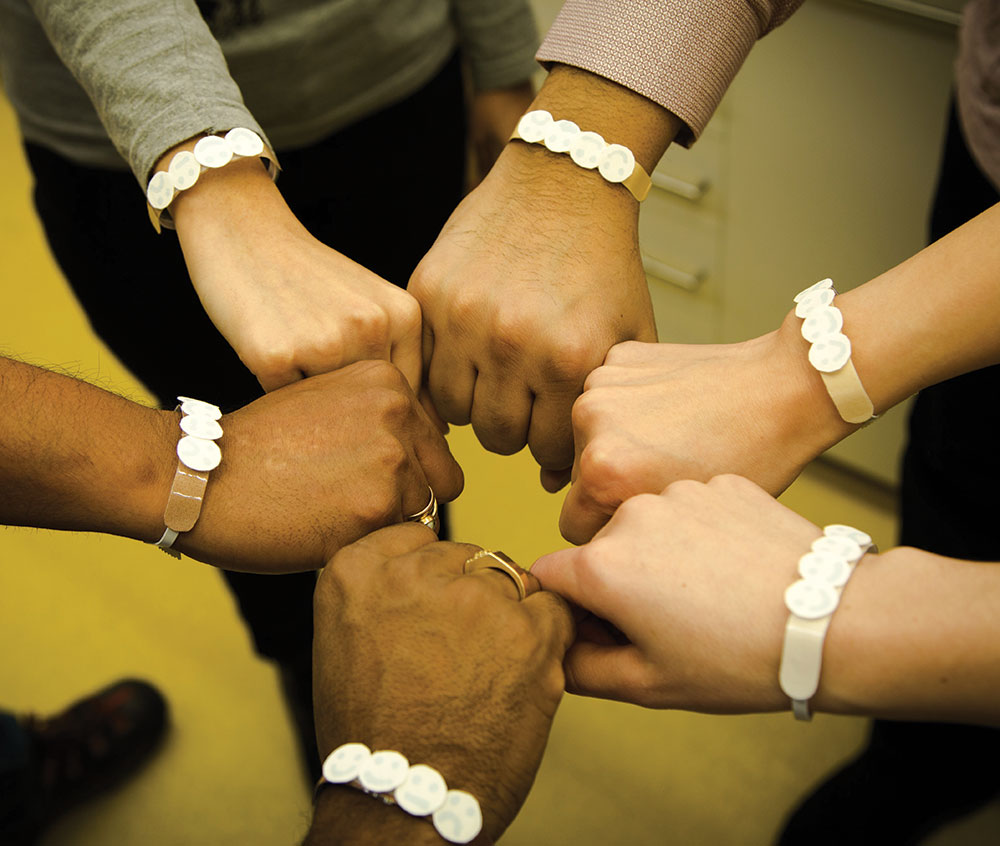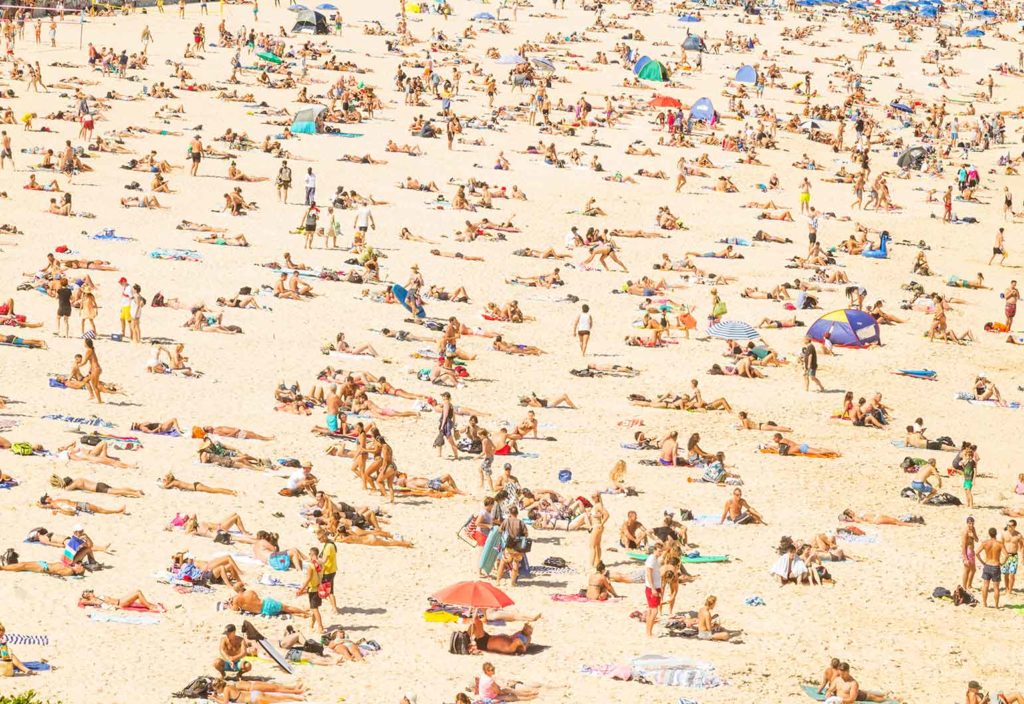Venturing outdoors while staying safe from skin cancer can be a tricky task. One engineer is helping Australians make safer decisions about their exposure to UV radiation.
It might come as no surprise to those of us enduring the blazing sun of a summer Down Under that Australia has the highest rate of melanoma in the world.

This fact was one that captured the attention of RMIT Postdoctoral Researcher Dr Wenyue Zou when she first arrived in Melbourne from China in 2014.
“Skin cancers account for about 80 per cent of all newly-diagnosed cancers every year, and over-exposure to solar UV radiation is the number one cause of skin cancer,” she told create.
“What we really need is balanced [ultraviolet (UV) radiation] exposure — not too much that we will risk skin cancer and not too little that we may risk vitamin D deficiency. But UV is invisible to humans, so we can’t see it, and it’s not related to temperature either, so we can’t feel it.
“Therefore, it is extremely challenging for us to manage the sense of exposure.”
Fortunately, Zou had been working on some technology that could help the more sun-susceptible among us stay safe outdoors.
Zou’s technology is an ink that changes colour with the intensity of UV radiation to which it is exposed and the duration of that exposure. By pairing phosphomolybdic acid (PMA) with an electron donor, Zou created a sensor that would change from pale yellow to blue when exposed to UV radiation.
Initially, her technology was not supposed to detect the radiation, but the reverse; she would use UV light to activate the sensor, and that could then be used to detect the presence of other substances. But then she realised her work could be used to warn of UV exposure itself.
“We thought, if UV can be used to detect other molecules and if we can find the appropriate molecule, we may use this same mechanism to detect UV,” Zou explained.

The next challenge was to turn the ink from a substance produced in a lab to something that regular people could take out into the sun and use in their day-to-day life — after all, even a liquid that could be used to warn someone that their skin was in danger of being damaged would not be much use if it had to be carried around in a test tube.
Zou settled on a wearable wristband, which meant the ink would have to be soaked into a piece of paper.
The device would also need to be cheap enough and simple enough to produce that it could be disposed after one use, since the reaction Zou’s technology uses does not work in reverse.
“The current version is just a disposable sensor; you can only use it one time, but it’s very cheap,” Zou said.
“We are targeting around one dollar each so it doesn’t really pose a [financial] problem if you can’t use it multiple times.”
And getting it to that point meant experimenting with different chemicals to determine which would react correctly with the PMA, as well as refining the paper used to produce the sensor.
“It seems very simple, but the development process was very challenging,” Zou said.
“We tried maybe 100 different molecules to find the appropriate one to use in this sensor. And the fabrication was also quite complicated, like what kind of paper was being used, and we also used some filters on top of the paper.”
And while helping Australians keep sun-safe is important, Zou believes light-sensitive technology like this could have further applications.
“For example, this technology can be used for packaging materials; if you have some UV-sensitive products you can put this sensor on the packaging materials, and once the sensor changes colour it means the product has received enough UV and it may lose its property,” she explained.
“We may also use this sensor to check the [efficacy] of some UV lights. For example, these days, people use UV lights to sterilise masks and gloves, and this sensor can be used to check whether the UV light is still working and how long it should be used to sterilise their components.”
Custom indicators
The Fitzpatrick scale categorises human skin tones on a six-point scale and indicates the skin’s response to ultraviolet light on that basis. Devised in 1975 by dermatologist Thomas B Fitzpatrick, an early researcher into melanoma, the scale demarcates skin from Type I — pale skin that always burns and never tans — to Type VI — deeply pigmented skin that never burns.
Zou originally intended her UV sensors to be interchangeable among people of all skin tones. However, she decided the technology would be more useful if the sensors could be callibrated to match a user’s Fitzpatrick scale skin type.
“People with fair skin tones, they are very sensitive to UV and they are at high risk of skin cancers, and people with dark skin tones, they can tolerate more UV but they also need more UV to produce enough vitamin D,” she explained. “So the one-size-fits-all concept does not apply here.”
Zou said this feature was achieved during the technology development stage, but the wristband will require further refinement before being widely available on the market, however.
“As a scientist, as an engineer, when we design the concept … we only considered maybe the property of the materials, the functionality of the product,” she explained.
“But when we take it to the market, we need to consider more factors, like how to make it appealing to attract more consumers and how to make it comfortable to wear for the customers, and how to make it cost-effective.”
